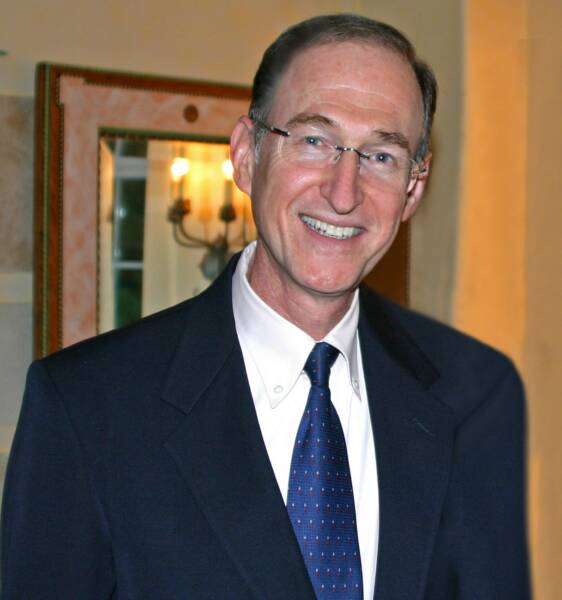Robert A. Regal, Ph.D
Anxiety
All human beings are born with the hard wiring to experience anxiety. It is one of the elemental survival reactions that alerts us to danger and prepares us to “fight or flight." Physically, anxiety can be experienced in a variety of ways-- a rapid heartbeat, shallow breathing, muscle tension, perspiration, dizziness, nausea, and more. Psychologically, anxiety is experienced as fear, worry, an impending sense of losing control, the inability to stop painful thoughts and/or the need to perform unnecessary behavioral rituals. Anxiety, when serving its survival function protects us from harm. Often anxiety plays a different role, one that inhibits and even paralyzes healthy human functioning.
How does anxiety develop into a problem?
Anxiety for both children and adults can be called “a self-feeder." Once it promotes avoidance, it will grow with every subsequent avoidant response. Whether the product of a traumatic incident that has clear environmental triggers, or the result of a traumatic physical reaction that has specific internal signals, rising levels of anxiety prompt us to find ways to rid ourselves of these unpleasant feelings. Initially, we find ways of escaping these feelings and eventually we find ways to avoid these feelings entirely. When anxiety is a warning of impending danger, the "fight or flight response" it elicits is healthy. When these feelings are irrational, that is to say they signal no threat other than the feelings themselves, the avoidance they promote is unhealthy. This type of avoidance serves to reinforce (strengthen) the irrational anxiety that motivated it--and so anxiety becomes “a self-feeder."
How does treatment work?
Effective psychological treatments for the spectrum of anxiety disorders all involve variations on exposure. The anxiety sufferer needs to stop avoiding and allow the anxiety to extinguish in the absence of any objective danger. A more sophisticated explanation would describe the process as one in which the sufferer learns to de-catastrophize his/her response to the experience of irrational anxiety. In other words, accept the unpleasant experience, don’t avoid it. It will eventually diminish of its own irrelevance. Treating anxiety is an active process. It is challenging and I often use humor to help my patients develop the capacity to grow beyond this emotional barrier. In the end, patients not only feel less burdened by fear, but also gain a healthier perspective on the more limited role that emotions should play in directing their lives. When working with children whose capacity to challenge anxiety is limited, I utilize a variety of incentive programs to engage them in this process.
How long does treatment generally take?
Treatment for both adults and children with anxiety problems is most often limited to less than six sessions. Panic anxiety is an exception. Treatment for panic is often less than three sessions.
To Contact Dr. Regal : Call 914 - 347-4797 or e-mail: Contact@RegalPHD.com
